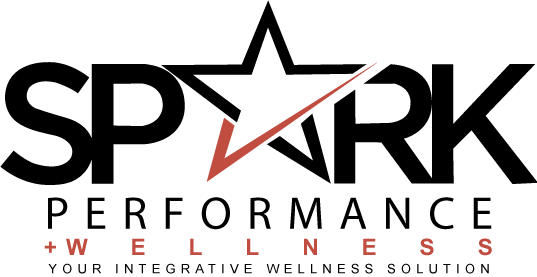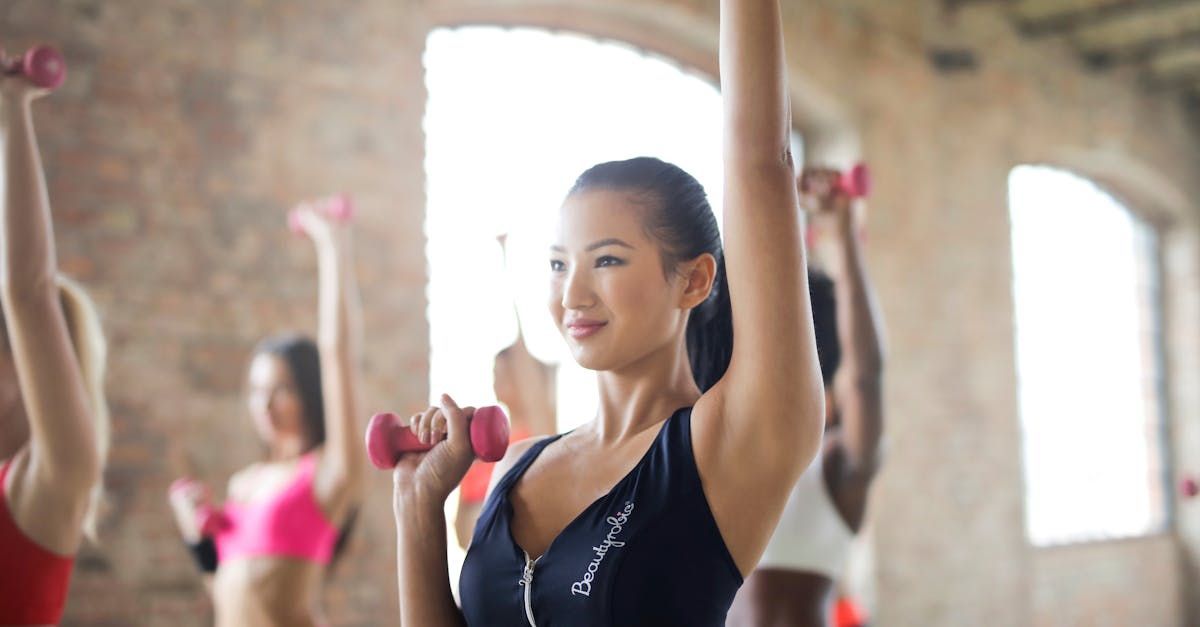Finding Your Perfect Exercise Routine: What works best for you?
When it comes to fitness, the most frequent question people ask is, "What is the best exercise for me?" The truth is, the best form of exercise is the one that you enjoy and can stick with consistently. Exercise shouldn't feel like a chore; it should be an enjoyable part of your daily routine.

Following the guidelines set by the Centers for Disease Control and Prevention (CDC), which recommend at least 150 minutes of moderate-intensity aerobic activity or 75 minutes of vigorous-intensity aerobic activity per week, along with muscle-strengthening activities on 2 or more days a week, can set you on the right path. Here, we'll explore the benefits of different exercise types, the pros and cons of working out at various times of the day, and the importance of finding enjoyable activities.
Morning vs. Evening Workouts: Which is Better?
Morning Workouts:
Pros:
- Boosts Metabolism: Exercising in the morning can kickstart your metabolism and keep it elevated for hours.
- Consistency: Morning workouts can help create a routine that is easier to stick with.
- Mental Clarity: Physical activity in the morning can improve focus and productivity throughout the day.
Cons:
- Energy Levels: Some people may feel less energetic and motivated early in the day.
- Time Constraints: Mornings can be rushed, making it harder to fit in a workout.
Evening Workouts:
Pros:
- Performance: Muscle strength and function are generally better later in the day due to optimal body temperature.
- Stress Relief: Exercising after a long day can be a great way to relieve stress.
- Social Aspect: Gyms and fitness classes tend to be more active in the evening, providing a more social atmosphere.
Cons:
- Sleep Disruption: For some, exercising too close to bedtime can interfere with sleep.
- Commitment: Evening plans and fatigue from the day can lead to skipped workouts.
The Benefits of Different Types of Exercise
Strength Training:
- Benefits: Improves muscle strength, increases metabolism, enhances bone density, and promotes joint flexibility.
- Pros: Can be tailored to all fitness levels, improves body composition, and boosts long-term metabolic rate.
- Cons: Requires access to equipment or a gym, and incorrect form can lead to injuries.
Walking:
- Benefits: Low-impact, easy on the joints, improves cardiovascular health, and can be done anywhere.
- Pros: Accessible to all fitness levels, can be incorporated into daily routines, and is free.
- Cons: May not provide sufficient intensity for advanced fitness goals, and progress can be slow.
Cardio:
- Benefits: Strengthens the heart and lungs, burns calories, and improves overall cardiovascular health.
- Pros: Can vary in intensity and form (running, cycling, swimming), and improves endurance.
- Cons: Can be repetitive and hard on joints if not varied.
High-Intensity Interval Training (HIIT):
- Benefits: Efficient workouts that burn a lot of calories in a short amount of time, improves aerobic and anaerobic fitness.
- Pros: Can be done anywhere, no equipment needed, keeps metabolism elevated post-workout.
- Cons: Intense and can be challenging for beginners, higher risk of injury if form is not correct.
Exercise is More Than Just Traditional Workouts
Exercise can be any form of movement that gets your body active and your heart pumping. Here are some enjoyable and diverse options to consider:
- Pilates, Yoga, and Barre: Great for flexibility, core strength, and mental relaxation.
- Dancing and Fitness Classes: Zumba, bootcamp, or video dance games are fun ways to burn calories.
- Outdoor Activities: Skating, running, jogging, walking, hiking, and biking offer fresh air and scenic views.
- Gardening: A surprisingly effective way to stay active while enjoying nature.
Finding What You Enjoy
The key to a successful exercise routine is consistency and enjoyment. Whether you prefer a brisk morning walk, a mid-day HIIT session, or an evening yoga class, the best exercise is the one you can commit to and enjoy. Mixing different types of exercise can keep things interesting and provide comprehensive health benefits. Remember, the ultimate goal is to find a routine that fits your lifestyle and keeps you motivated, healthy, and happy.
With so many options and recommendations, it’s essential to listen to your body and choose the exercise that fits your personal preferences and schedule. Happy exercising!


